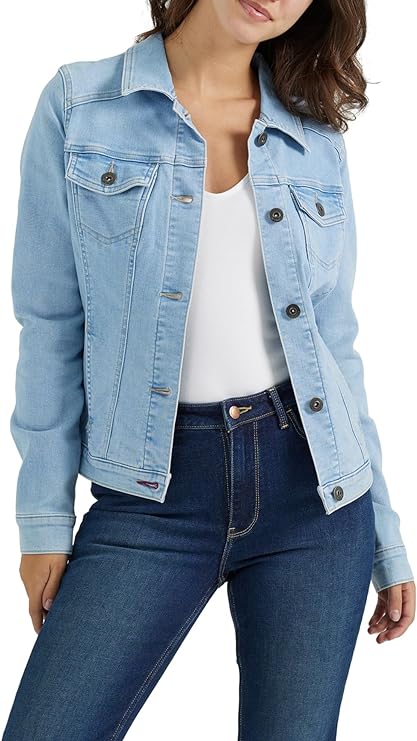The jean jacket, a staple of casual wear, has established itself as a timeless piece in the fashion industry. Its universally appealing design and durability have captivated diverse audiences around the globe. This article explores the historical foundation of the jean jacket, its evolution over time, the different styles that exist today, how to style it, its cultural impact, and its sustainability in modern fashion.
Historical Foundation: Origins of a Classic
Birth of the Jean Jacket
The jean coat made its debut in the early 20th century, closely following the invention of denim jeans. Created as a durable option for manual workers, it quickly transcended its utilitarian origins to become a symbol of youth rebellion in the 1950s and 60s. Its robust material and practical design appealed to the working class and fashionistas alike, laying the groundwork for its permanent status in fashion history.
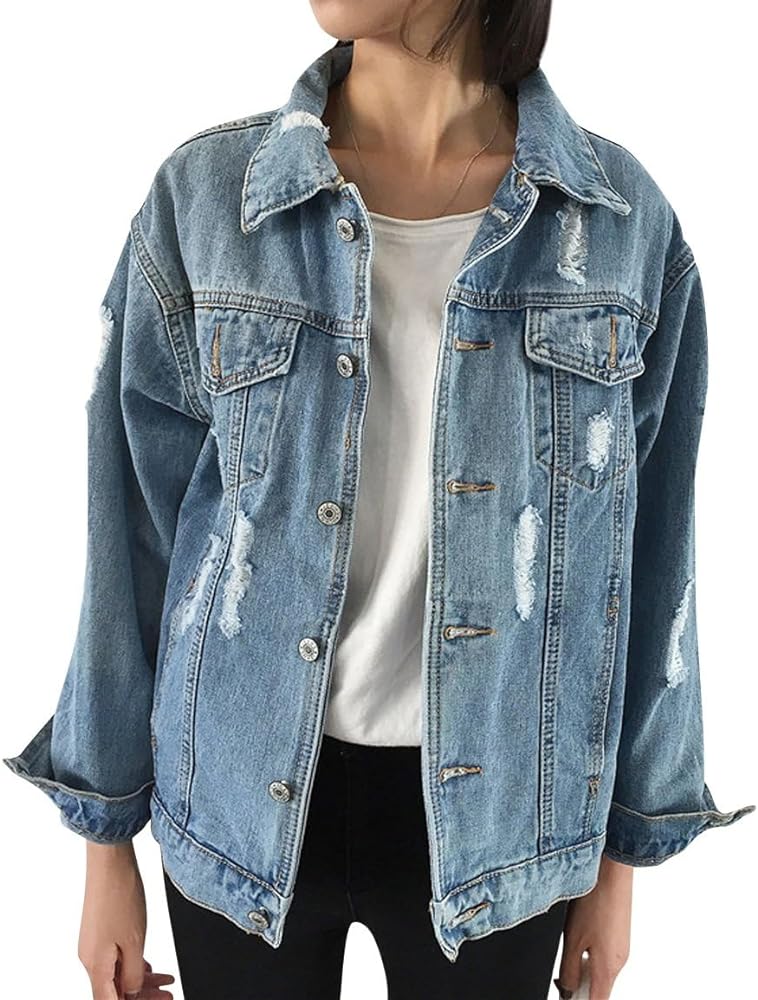
A Symbol of Rebellion and Unity
As the jean jacket grew in popularity, it became a powerful symbol of rebellion for young people, especially during the 1950s and 1960s. Iconic figures in music and film were often seen donning the garment, cementing its cool status. However, beyond rebellion, it also represented unity, with diverse groups adopting the style. This duality helped broaden its appeal, ensuring its longevity.
The Evolution of Jean Jackets
From Workwear to High Fashion
Initially designed for durability, the jean jacket has undergone significant transformations. High fashion took notice, incorporating jean jackets into collections with unique twists, such as embellishments and unconventional cuts. This evolution from workwear to a high-fashion staple demonstrates the garment’s versatile appeal.
Variety of Styles Available Today
Today, the jean jacket is available in countless styles, including oversized, cropped, distressed, and colored versions. This diversity allows individuals to find a jacket that suits their personal style and needs, further solidifying its status as a wardrobe essential across different fashion tastes and communities.
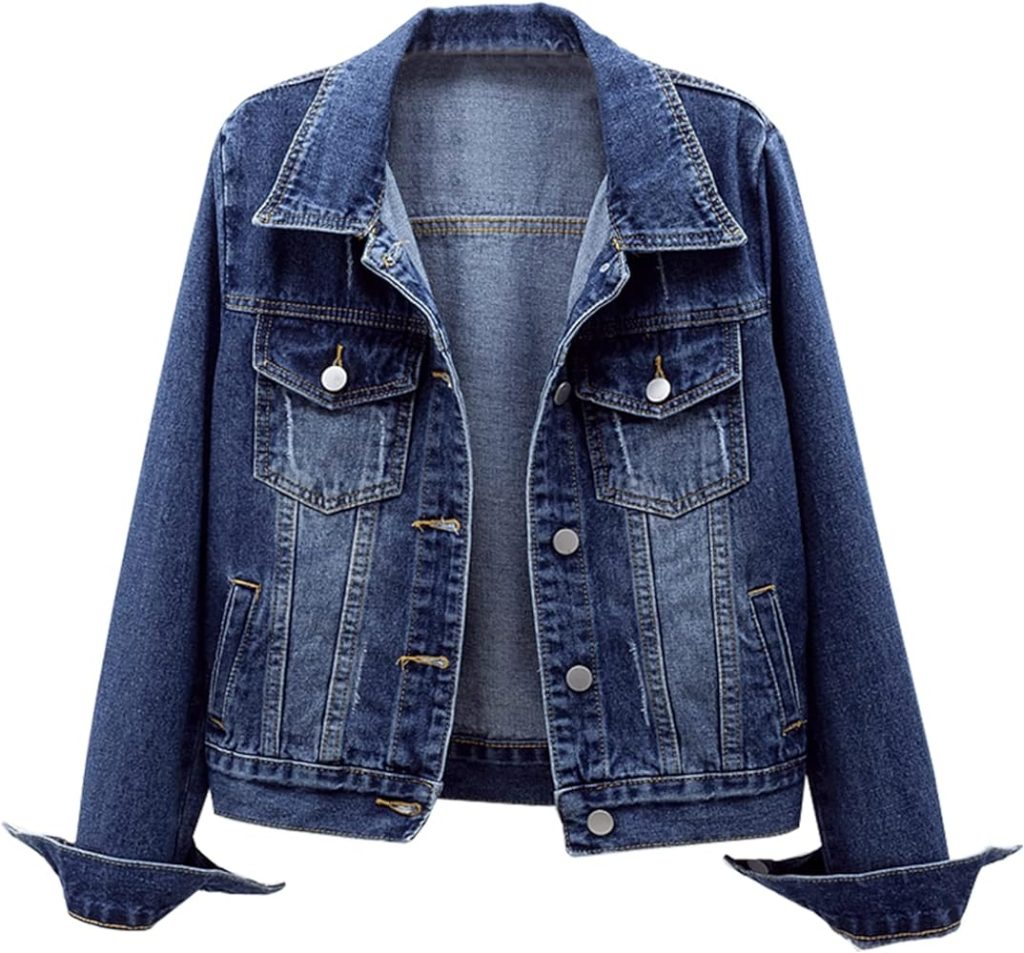
Styles of Jean Jackets
The Classic Blue Denim Jacket
The classic blue denim jacket remains the most recognized style. Its versatile color and traditional design make it a favorite for many. This style serves as a blank canvas, allowing for personalization with pins, patches, or embroidery to make it uniquely one’s own.
Innovations in Design and Color
Modern interpretations have introduced a variety of colors and designs, from stark whites and deep blacks to pastel hues and intricate patterns. Designers have experimented with the traditional cut, offering cropped, elongated, and boxy silhouettes that cater to contemporary fashion trends.
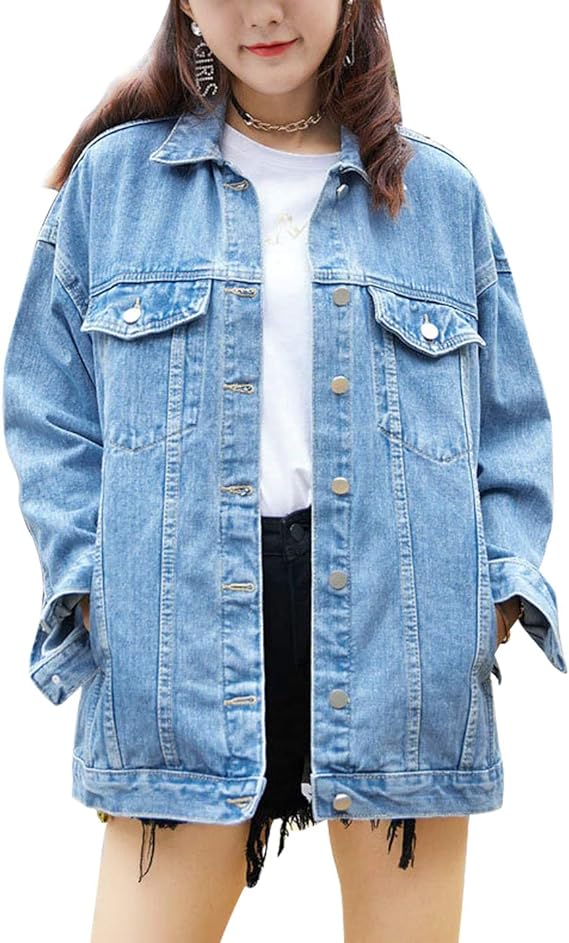
Styling the Jean Jacket
Casual Chic and Beyond
The jean jacket shines in its ability to complement almost any outfit. Pairing it with a simple T-shirt and jeans creates an effortlessly chic look, while draping it over a dress can add a layer of casual coolness. Layering it over hoodies or knitwear provides warmth and style during cooler months.
Accessorizing for a Personal Touch
To personalize a jean jacket, consider accessorizing with brooches, badges, or even fabric paint. Customizing allows the wearer to communicate their individuality and transform the jacket into a statement piece that reflects personal style and creativity.
Cultural Impact of the Jean Jacket
An Emblem of Popular Culture
The jean jacket has left an indelible mark on popular culture, becoming more than just a piece of clothing. It embodies an attitude and a lifestyle associated with freedom, rebellion, and authenticity. Its widespread adoption by various subcultures and endorsement by celebrities have reinforced its iconic status.
The Jean Jacket in Music and Film
The garment has made numerous appearances in music videos, films, and concerts, donned by artists and actors who contribute to its legendary status. Its role in movies and as a part of musicians’ onstage and offstage wardrobes has intertwined it with the identity of rock and roll, hip-hop, and other music genres.
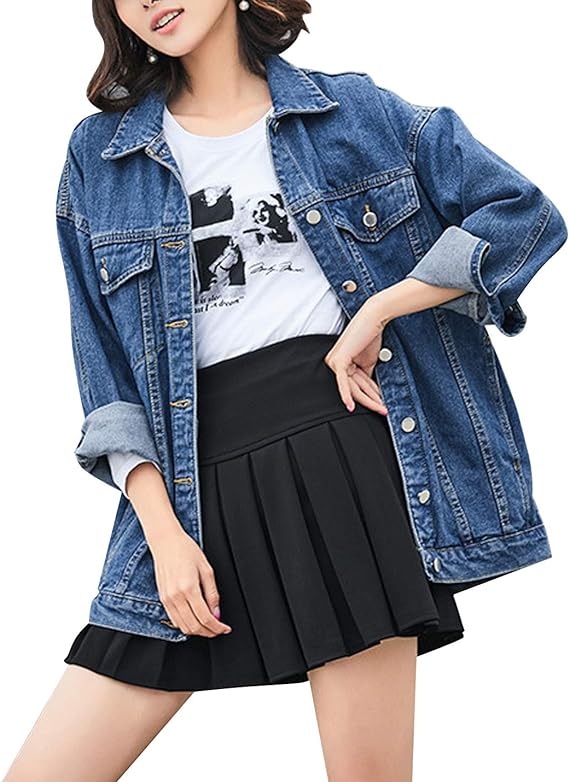
Sustainability and the Future
A Move Toward Sustainable Fashion
The fashion industry faces growing scrutiny regarding its environmental impact, and the jean jacket is part of this conversation. Brands are increasingly adopting sustainable practices, using organic cotton and recycled materials to produce jean jackets. This shift not only appeals to environmentally conscious consumers but also aligns with a broader trend towards sustainable fashion.
The Timeless Appeal and Future Outlook
Despite changes in fashion trends, the jean jacket remains an indispensable item in wardrobes worldwide. Its ability to adapt, while maintaining its core identity, suggests it will continue to evolve with fashion. Its enduring appeal lies in its versatility, practicality, and the way it symbolizes a blend of comfort, style, and rebellion. Looking forward, the jean jacket is poised to maintain its relevance in the fashion industry, adapting to new trends and sustainability demands while retaining its iconic status.
Sociocultural Significance: The Jean Jacket as a Cultural Icon
Uniting Generations and Cultures
The jean jacket transcends age, culture, and geography, uniting various demographics under its timeless appeal. From the streets of Tokyo to the cafes of Paris, and the classrooms of American high schools, it’s embraced universally, reflecting a shared value of individuality and freedom. This cross-cultural adoption speaks volumes about its versatility and the universal desire for expression through fashion.
Reflection of Sociopolitical Movements
Throughout history, the jean jacket has been more than just apparel; it’s served as a canvas for protest, identity, and change. In the 60s and 70s, patches and buttons adorning jean jackets voiced peace and love sentiments, and political stances. Today, it continues to serve as a medium for individuals to showcase their beliefs and affiliations, proving that fashion has the power to reflect and impact social and political landscapes.
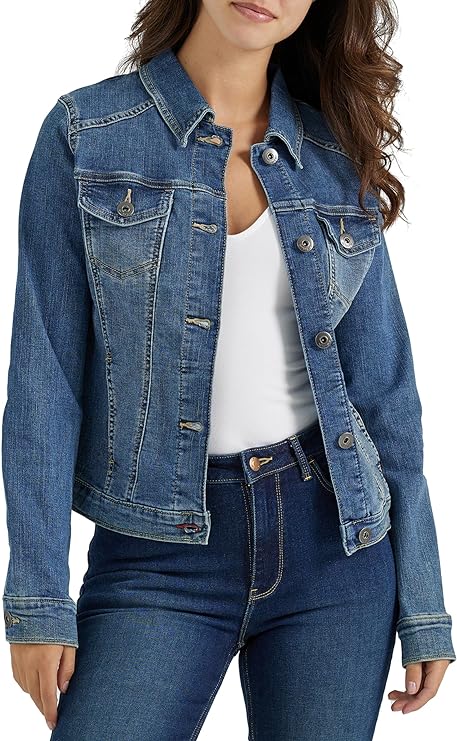
The Future of Jean Jackets in Fashion
Innovation in Design and Technology
As the fashion industry evolves, so does the design and construction of the jean jacket. Technological advances offer new methods of fabrication and decoration, leading to even more personalized and environmentally friendly options. From laser-printing designs to incorporating smart technology for enhanced functionality, the future of the jean jacket is ripe with possibilities for innovation that can further solidify its place in the fashion world.
The Role of Digital Fashion and Jean Jackets
Digitalization is transforming fashion, with virtual clothing becoming increasingly prominent. The jean jacket, as an iconic piece, finds its place in digital wardrobes, video games, and virtual fashion shows, blurring the lines between physical and digital fashion spaces. This digital presence not only speaks to its enduring appeal but also opens new avenues for exploring its design, functionality, and significance in virtual environments.
Sustainability: Embracing Ethical Fashion Practices
The Push for Ethical Production
As awareness around the environmental impact of the fashion industry grows, so does the demand for ethically produced garments. The jean jacket is part of this shift, with consumers seeking out brands that prioritize sustainable sourcing, fair labor practices, and minimal environmental footprint. This consciousness is steering the market towards more responsible production methods, ensuring that the beloved jean jacket can be worn with pride by environmentally savvy consumers.
Circular Fashion and the Jean Jacket
The concept of circular fashion, which encourages the reuse, recycling, and longevity of clothing, aligns perfectly with the durable nature of the jean jacket. Thrifted jean jackets are treasured finds, and customizing older jackets to give them new life is a popular trend. This practice not only extends the garment’s life cycle but also emphasizes the jean jacket’s role in promoting a more sustainable fashion paradigm.
